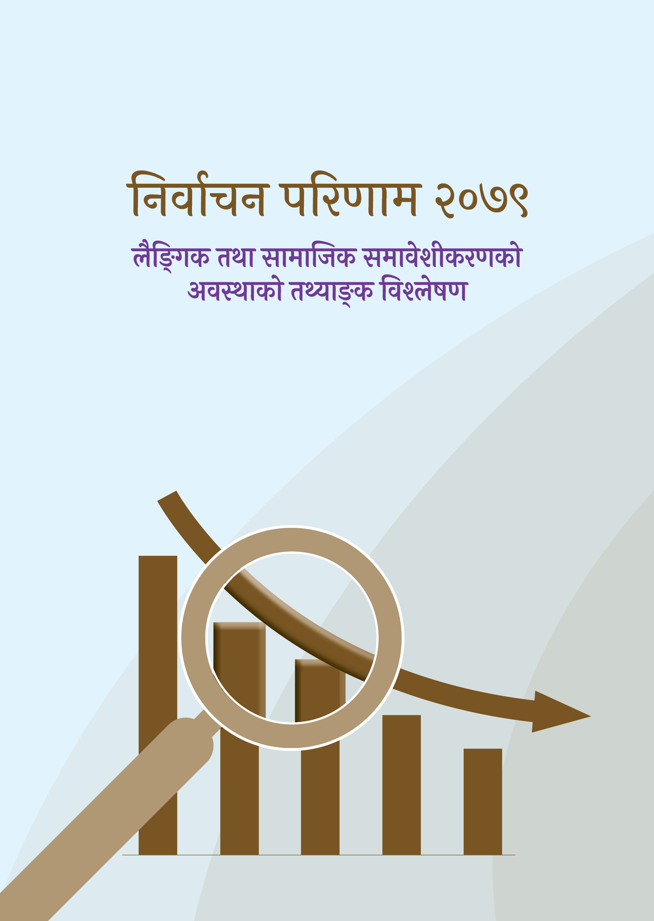
Data today has gained immense popularity as it has become a core competency across different industries. However, even in the context of policy making and implementation where data is seen to be of paramount importance, still, oppressed sections like the Dalits face data suppression and censorship. Many a times the information related to members of these social groups is either tampered with or completely withheld by the government authorities, making it difficult to equitably distribute resources and opportunities.
The 2015 constitution of Nepal recognizes many rights for Dalits, but these provisions need to be converted into tangible policies, programs, and budgetary support. A country like Nepal, which is a party to many international instruments promoting human rights, still faces inherent problems regarding data measurement due to a lack of effective disaggregated data. As a result, the achievements and milestones made by the government are often overstated.
To this end, our organization is actively working to create or obtain caste- and ethnicity-level statistical data to enable evidence-based progress and, more importantly, to hold leaders accountable. This includes creating info-graphics with Dalit-related statistics and presenting them to diverse audiences to enhance the usability of the data and foster discussions around the evidence.


